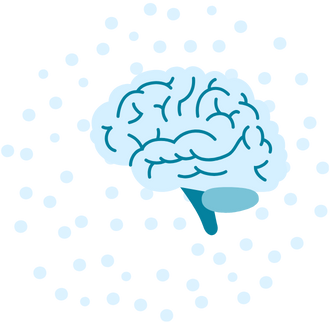About
In this study, we focus on the simplest form of learning: habituation. Habituation is the ability to get used to repeated or continuous stimuli. Previous research has shown that there are significant differences in the way infants habituate. This could potentially be explained by individual differences in temperament and/or stimulus complexity.
To investigate this, we have infants aged 5 to 12 months watch a screen displaying alternating complex and simple images. By measuring the infants’ viewing behavior, we can determine if they respond differently to complex images compared to simple ones. In addition to observing viewing behavior, we use a questionnaire to assess the infants’ temperament. By linking the results of this questionnaire to the habituation data, we can examine if there is a relationship between temperament and the way infants habituate. The experiment takes approximately 10-15 minutes.
Would you like to participate? Click here to sign up!
News
How knowledge about pupil size helps us move forward!
Earlier, we explained what habituation is — the decrease in attention to repeated stimuli — and how we study this by observing babies’ looking behavior. Habituation helps babies and young children learn to distinguish between important and less important stimuli in their environment.
In this study, we also measure the baby’s pupil size. In an exploratory analysis, we want to examine whether there is a relationship between pupil size and looking behavior. But why is this relevant?
The pupil doesn’t just respond to changes in light, but also to attention and mental effort. So when a baby pays less attention to a stimulus (i.e., habituates), we expect this to be reflected in a change in pupil size. In this way, pupil size might serve as an objective measure of what is going on in the baby’s brain.
If we better understand the relationship between pupil size and habituation, we can apply this knowledge in future research — for example, in studies on autism spectrum disorder (ASD), anxiety disorders, and in general research involving individuals who are non-verbal, such as infants or people with communication difficulties.
We are looking for parents who would like to contribute to our habituation study. Interested in participating? You can sign up via the ‘Participate’ page!

